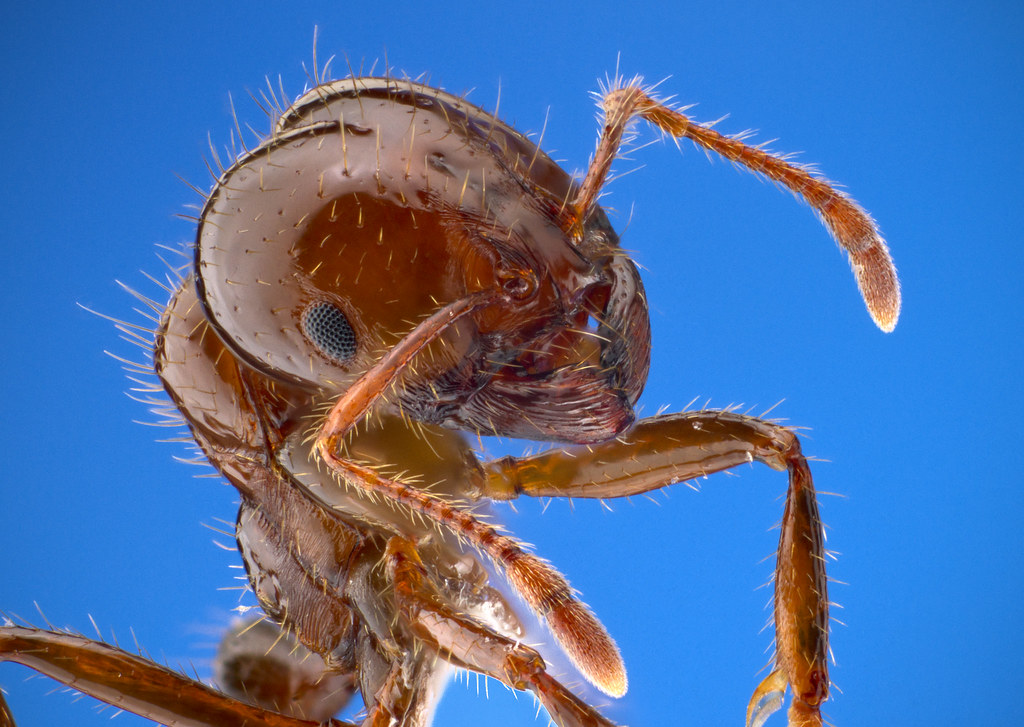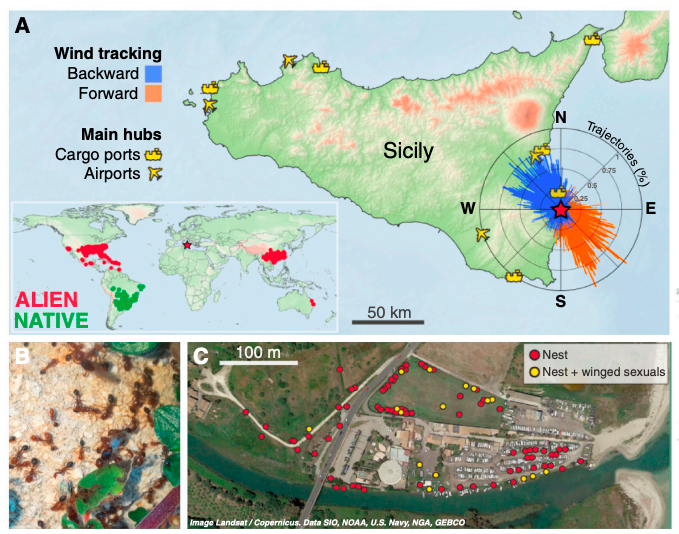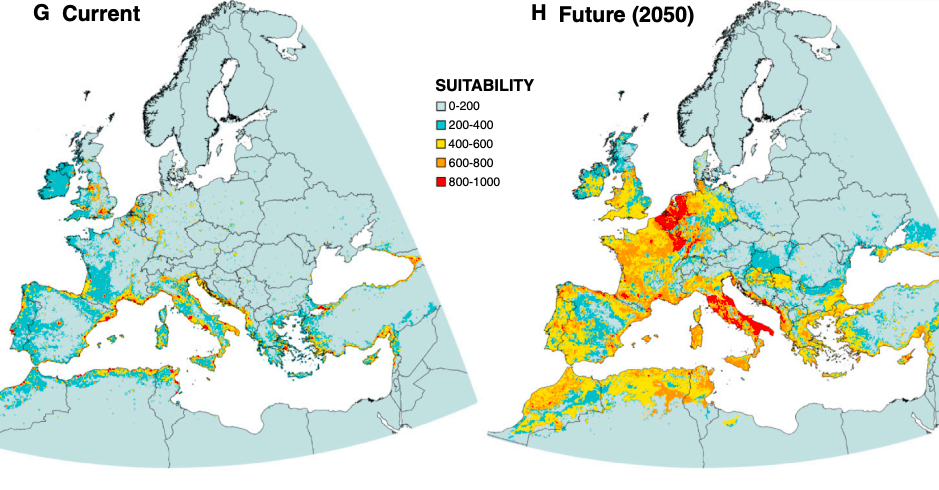What is a fire ant and what are the risks?

The discovery of the fire ant in Italy is not good news. It is already present in much of the world but it is the first official sighting for Europe and its presence, if not contained in time, has a significant impact on ecosystems, agriculture and human health. All the details
After the blue crab a new animal species has reached Italy, but this time there is no positive aspect. This is the fire ant or warrior ant ( Solenopsis invicta ) which has been identified in Sicily and worries scientists in several respects.
I STUDY
The presence of the fire ant in Italy was communicated by the study published in the journal Current Biology and led by the Spanish Institute of Evolutionary Biology, in which the University of Parma and the University of Catania also collaborated.
WHY IT'S NOT GOOD NEWS AND WHAT ARE THE RISKS
The fact that it was identified for the first time in Europe is not good news because, as scholars say, "the fire ant is classified as one of the worst invasive alien species and the fifth most harmful worldwide". And this is because it has a disastrous impact on ecosystems, agriculture and human health.
“The main types of damage to humans concern electrical and communications equipment, and agriculture,” Mattia Menchetti, who led the study, explained to Ansa .
The fire ant "also has an important impact on natural ecosystems: it is in fact a generalist predator, and in the places where it settles it causes a decrease in the diversity of invertebrates and small vertebrates. Furthermore – added the Italian researcher -, thanks to the venom contained in their sting and the colonies that can reach hundreds of thousands of individuals, they can also have an impact on young, weak or sick animals".
Even in humans, stings are very painful – hence its name – and "can cause an allergic reaction but also, in extreme cases, an anaphylactic shock", said Menchetti.
WHERE IT WAS IDENTIFIED
The first settlement identified in Europe is located in Sicily, near Syracuse, where there is "a mature population". It all started with some photos that the researchers received, who went to the site to confirm the hypothesis that it was indeed S. invicta . Hence the discovery of 88 nests in an area of 4.7 hectares, each inhabited by many thousands of worker ants.
The experts speak of "prolonged presence" and "settlement" because by comparing with the inhabitants of the area it emerged that the first painful bites date back to at least 2019, which could also mean that the real extension of the invaded area could be greater due to scientists “is highly unlikely to represent the first point of arrival and the only location in the area.”

HOW MUCH AND WHERE THE FIRE ANTS IS SPREAD
The fire ant has already invaded a large part of the world, in fact in less than a century, it has established and spread throughout much of the United States, Mexico, the Caribbean, China, Taiwan and Australia, while eradication has only been successful in New Zealand. In Europe, according to the study, at least three interceptions have been documented: in Spain, Finland and the Netherlands.
WHERE IT COMES FROM…
To determine where it comes from and predict its potential spread, the researchers conducted genetic analyses, however, they were unable to determine exactly how it arrived in Italy but say that this particular population probably comes from the United States or China . Furthermore, the proximity of one of the main commercial ports of the island, the port of Augusta (about 13 km to the north), may be relevant for its introduction.
…AND WHAT THE EXPERTS PREDICT
While regarding the future they are not optimistic because, as demonstrated in the study, "in the current environmental conditions, this ant could settle in approximately 7% of the study region [Europe and Mediterranean, ed. ], occupying mainly agricultural areas and, in smaller measure, urban and protected areas".
Not only. “It is surprising – they continue – that half of the urban areas have been declared suitable. This data is worrying because most of the suitable urban areas are Mediterranean coastal cities highly connected by sea ports, which potentially favor the spread of the species."
Also worrying for experts is the fact that "future projections describe a much worse scenario, in which the suitable range of S. invicta will increase to a large extent".
The only weapons available against this threat, they warn, are coordinated efforts at early detection and action in the region.

This is a machine translation from Italian language of a post published on Start Magazine at the URL https://www.startmag.it/sanita/che-cose-la-formica-di-fuoco-e-quali-rischi-si-corrono/ on Tue, 12 Sep 2023 12:31:58 +0000.
